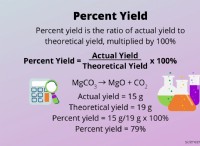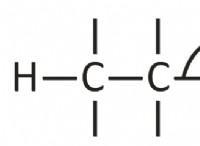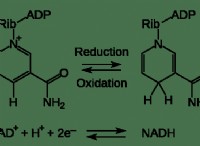What does tear gas do?
Here's how tear gas works:
1. Lacrimatory Effect :When tear gas comes into contact with the eyes, it reacts with the moisture on the surface to form hydrochloric acid and other irritating compounds. These compounds activate the trigeminal nerve, which sends signals to the brain, triggering an intense burning sensation and the production of tears.
2. Respiratory Irritation :Tear gas can also affect the respiratory system if inhaled. It can cause coughing, choking, shortness of breath, and irritation to the throat and lungs. In severe cases, it can lead to respiratory distress and even death.
3. Skin and Mucous Membrane Irritation :Tear gas can also cause irritation to the skin and mucous membranes. Contact with the skin can lead to redness, itching, and burning sensations. If it comes into contact with the mouth or nose, it can cause a burning sensation and swelling.
4. Psychological Effects :In addition to the physical effects, tear gas can also have psychological impacts. It can cause anxiety, panic, disorientation, and confusion. These effects can make it difficult for individuals to think clearly and respond effectively in emergency situations.
The effects of tear gas usually subside within 30 minutes to an hour after exposure. However, in some cases, symptoms can persist for several hours or even days.
It's important to note that tear gas can be dangerous and should only be used by trained professionals in controlled environments. Excessive or inappropriate use of tear gas can lead to severe injuries and health risks.




